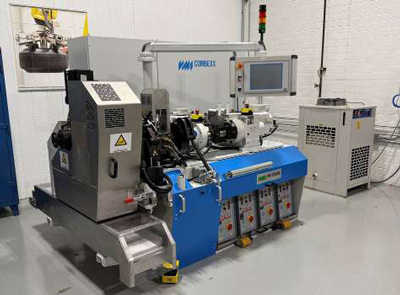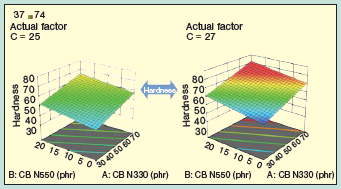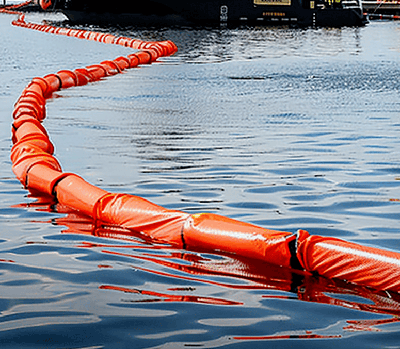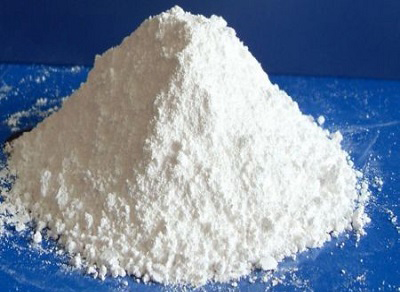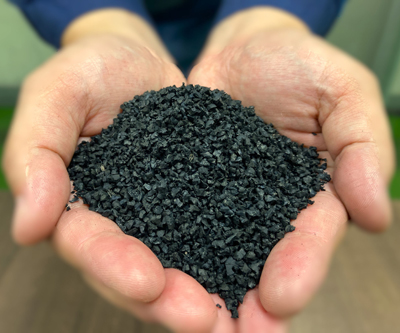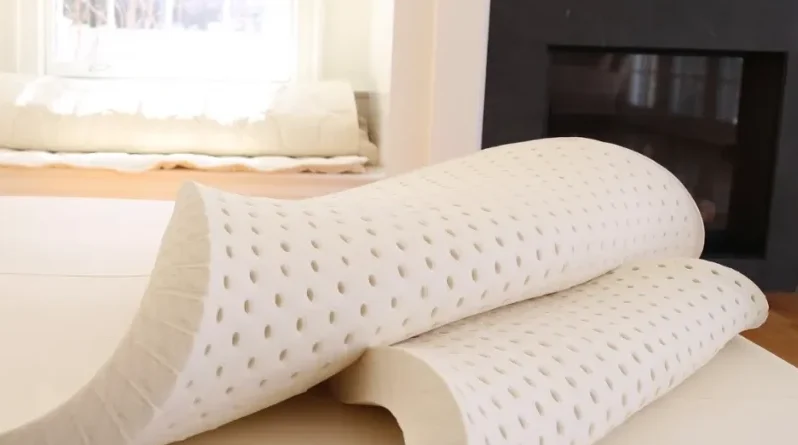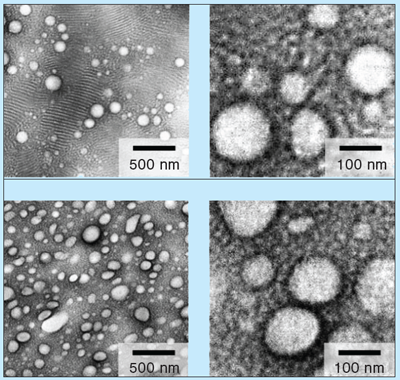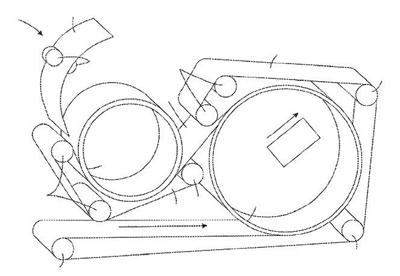Continuous extrusion to cut energy costs and improve quality
By using high precision continuous extrusion with an integral, built-in gear pump, it is possible to move away from old style mills, which have a huge footprint, and generally include plenty of safety hazards. Continuous extrusion removes the need for ramping up production in batches, which simplifies and accelerates preparation; and also separates materials input from production output. Current users report that this improves both control of production and quality.
Read More
